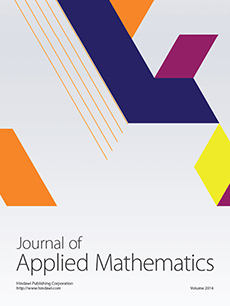Abstract
Many industrial processes and physical systems are spatially distributed systems. Recently, a novel 3-D FLC was developed for such systems. The previous study on the 3-D FLC was concentrated on an expert knowledge-based approach. However, in most of situations, we may lack the expert knowledge, while input-output data sets hidden with effective control laws are usually available. Under such circumstance, a data-driven approach could be a very effective way to design the 3-D FLC. In this study, we aim at developing a new 3-D FLC design methodology based on clustering and support vector machine (SVM) regression. The design consists of three parts: initial rule generation, rule-base simplification, and parameter learning. Firstly, the initial rules are extracted by a nearest neighborhood clustering algorithm with Frobenius norm as a distance. Secondly, the initial rule-base is simplified by merging similar 3-D fuzzy sets and similar 3-D fuzzy rules based on similarity measure technique. Thirdly, the consequent parameters are learned by a linear SVM regression algorithm. Additionally, the universal approximation capability of the proposed 3-D fuzzy system is discussed. Finally, the control of a catalytic packed-bed reactor is taken as an application to demonstrate the effectiveness of the proposed 3-D FLC design.
Citation
Xian-xia Zhang. Jun-da Qi. Bai-li Su. Shi-wei Ma. Hong-bo Liu. "A Clustering and SVM Regression Learning-Based Spatiotemporal Fuzzy Logic Controller with Interpretable Structure for Spatially Distributed Systems." J. Appl. Math. 2012 (SI08) 1 - 24, 2012. https://doi.org/10.1155/2012/841609
Information





